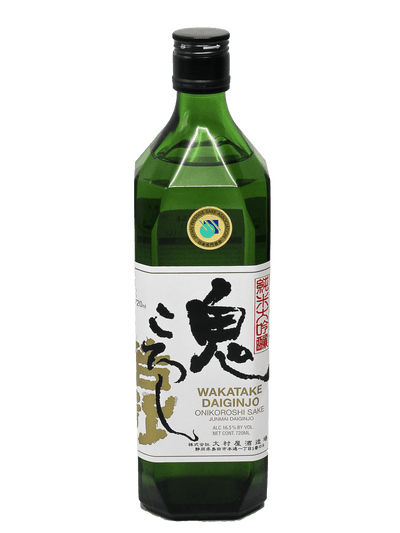The Place to Start in Learning California’s Viticultural Areas: the North Coast AVA

If there is one viticultural area emblematic of the height, breadth, and diversity of California quality winemaking, it is the North Coast, a phrase you will see on many wine labels. As an official American Viticultural Area (AVA), North Coast wines must have been produced with at least 85% grapes from that geographic area, which contains the most acclaimed wine regions of Napa, Sonoma, and Mendocino counties. Marin, Lake, and Solano counties also lie within the North Coast appellation, which was established in 1983.
What is the North Coast AVA?
This area north of San Francisco is bordered by the Pacific Ocean and contains numerous mountains, ancient volcanos, and valleys. It also hosts a variety of climates, with ocean influence often critical to meso- and micro-climates therein. The San Francisco bay extends to San Pablo Bay, which penetrates the AVA, and breaks in coastal mountains, like the Petaluma Gap, play an important role in determining quality winegrowing conditions too. Indeed, within the North Coast lie a large number of embedded viticultural area, each with its own name and characteristics favoring, say, Bordeaux varietals (think Cabernet Sauvignon, Sauvignon Blanc, and Merlot), Rhone varietals (think Syrah, Viognier, and Grenache), or Bourgogne varietals (think Pinot Noir and Chardonnay).
The area forms a slightly crooked rectangle, approximately 100 miles long and more than 50 miles wide. A winemaking mecca since the mid 19th century, today the area boasts around 800 wineries. Nearly half of the total wineries in the state are within the North Coast AVA!
What are North Coast Wines?
Winemakers choose to use the North Coast AVA for a reason, including the flexibility to choose fruit from the best vineyard sites in a large, but relatively consistent area that has proven its wine credentials. You can buy these best red and white wines online easily. Take, for example, the Sebastiani North Coast Merlot, which is made with fruit from a variety of locations within the AVA, chosen and blended by the winemaker to produce an excellent quality wine. The majority of the grapes come from Lake County where volcanic and rocky soils in mountainside vineyards produce intense wines of structure and concentration. Yet other grapes came from Sonoma County and the Central Coast. The is a synergy of intense flavors and distinction.
The Buena Vista winery, for another example, is a landmark in Sonoma County, but decided to create North Coast wines to showcase the superb grape growing areas throughout the larger AVA. Grapes for their North Coast Pinot Noir were sourced from both Sonoma and Lake Counties, including the Russian River Valley, Sonoma Coast, and Carneros AVAs. Sampling these North Coast varietal wines allows understanding the diversity of expression possible from this top region, with the winemakers free to express that regional style, often at a lower price than for wines from sub-region AVAs like Carneros. For great North Coast expression in a white wine, taste the Cline North Coast Viognier. The grapes for this wine come from not one two or three, but eight vineyards in Lake, Sonoma, and Mendocino, some which are located in the cool and fog-shrouded area to the east of Petaluma. This also includes Cline’s Five Sisters home ranch estate in Carneros, a different AVA. A combination of soil from volcanic to loam combined with the cool evenings and warm days provide ideal conditions for this ancient grape. “Juicy tropical fruit, fresh apricot and notes of mandarin orange and grapefruit. Luscious and full-bodied with a slight crisp acidity," says Wine Enthusiast.

















Leave a comment